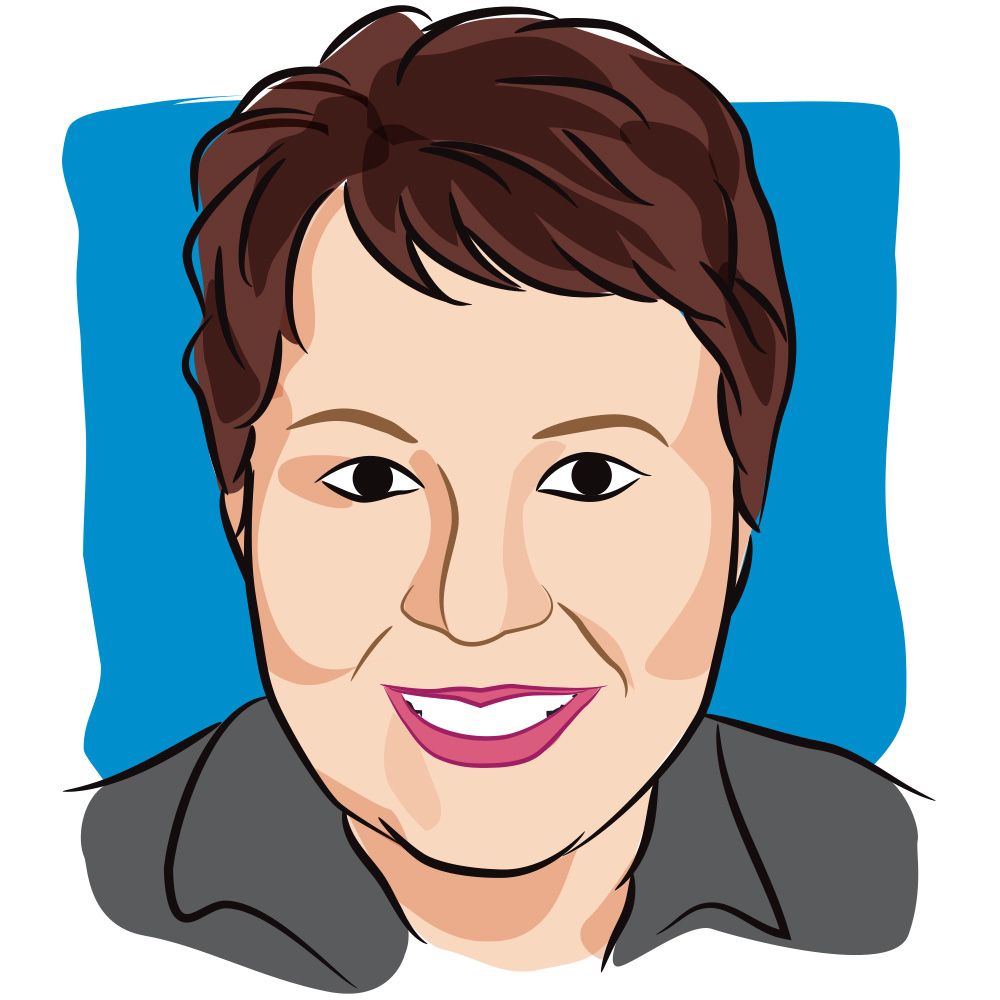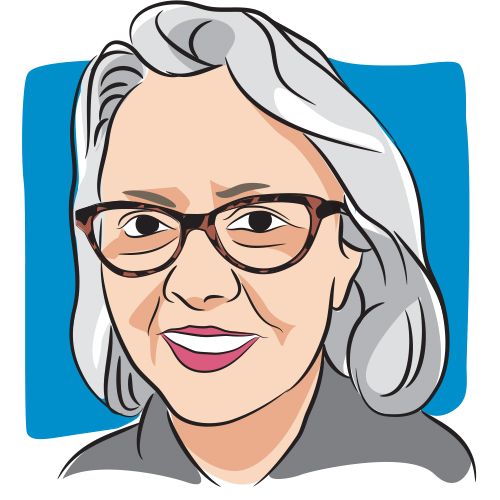Article
Breast Cancer Treatment Recommendations May Differ From Ages 69 to 70
Author(s):
Guidelines often use a cutoff of 70 years old for breast cancer treatment, but patients should discuss goals of care with their team to further personalize their care.
The recommendation for appropriate adjuvant therapy — administered after initial treatment to suppress secondary tumor formation — in patients with breast cancer differed between ages 69 and 70, which may indicate that oncologists are making care decisions based on age cutoffs determined by studies and guidelines, according to a recent study.
Findings from the study, which were published in the International Journal of Radiation Oncology, Biology, Physics, demonstrated that patients aged 50 to 69 years were more likely to be recommended for radiation (90%-92%) compared with those aged 70 years and older (81%). The decline in recommendation was smaller for endocrine therapy.
“I think (the findings) pretty firmly indicate that physicians are incorporating age into decision making — at least for breast cancer — in a way that doesn’t treat it as a continuous variable (infinite number of possibilities) and treats it as a binary variable (two possibilities), a categorical variable dichotomized at age 70,” said Dr. Wesley J. Talcott, assistant professor in the department of radiation medicine at Donald and Barbara Zucker School of Medicine Hofstra/Northwell in Uniondale, New York, in an interview with CURE®. “In other words, not looking at age as a continuous variable, where each year over year, advancement in age slightly modifies the likelihood of being recommended treatment, but rather quickly assessing whether or not a patient is older than 70.”
Talcott and colleagues conducted this study in 160,990 patients with high-risk breast cancer (i.e., estrogen receptornegative, endocrine therapy not planned) and in 394,946 patients with HR-positive disease and appropriate for endocrine therapy. The idea behind assessing age and treatment recommendations was based on the fact that emphasis is often placed on whether a patient with breast cancer is considered older versus younger, Talcott said.
“That’s because there’s evidence and guidelines that summarize the evidence supporting the potential to use less aggressive therapy in patients of more advanced age,” he explained. “There may not be a survival benefit to using the stand adjuvant or post-surgical treatment regimen in those situations, but that’s just in select low-risk cases.”
Although the evidence is there to support that, it also arbitrarily defines older patients as aged 70 or older.
“There’s nothing magical about age 70,” Talcott said. “This is just a number selected by people performing trials, by guideline committees to define this older group of patients. But that gets stuck in your mind. I guess that’s something that is reinforced when you’re constantly looking to see whether a patient is older or younger than 70.”
Talcott added that age is one of the few ways doctors may try to base their treatment decisions upon, but these mental shortcuts, as he called them, may be affecting how patients are treated.
“Oftentimes, (these mental shortcuts) lead to an acceptable decision,” he said. “For example, when do we start treating patients with antibiotics, if their temperature is at a certain level and their white blood count is at a certain level. But sometimes these mental shortcuts lead to inefficient decisions. It’s important to be aware when we’re using these mental shortcuts or these cognitive biases in ways that don’t serve our patients well.”
Talcott said oncologists and other health care professionals are often taught as early as medical school to present a patient by leading with age first — a 70-year-old woman with cancer — which provides the framework for assessing the rest of the patient’s history. He mentioned that life expectancy, rather than age, might be a more valuable metric for making treatment decisions.
“(For a 70-year-old patient), you can have (a patient) who has the physiologic functionality of a 20-year-old, and you can have someone who has the physiologic functionality of someone who’s much older,” he said. “The better we stratify patients to both look at good quality life expectancy and a better assessment of physiologic age, the better we can efficiently allocate care — particularly levels of aggressiveness of care — to those patients.”
In the meantime, Talcott advised patients to discuss with their physicians their goals of care and how they feel about different treatment options. Some patients may have goals of care that are not in line with escalated therapy, while others may want to be treated more aggressively.
“The more a patient can bring up and discuss (goals) with the physician, the more likely I would imagine a patient is to get a more holistic care recommendation from a physician,” he said. “I think that it's absolutely a great idea if you're a patient to try and present your physiologic age to the physician evaluating you, on top of the chronological age that, of course, will be listed in the chart.”
For more news on cancer updates, research and education, don’t forget to subscribe to CURE®’s newsletters here.




